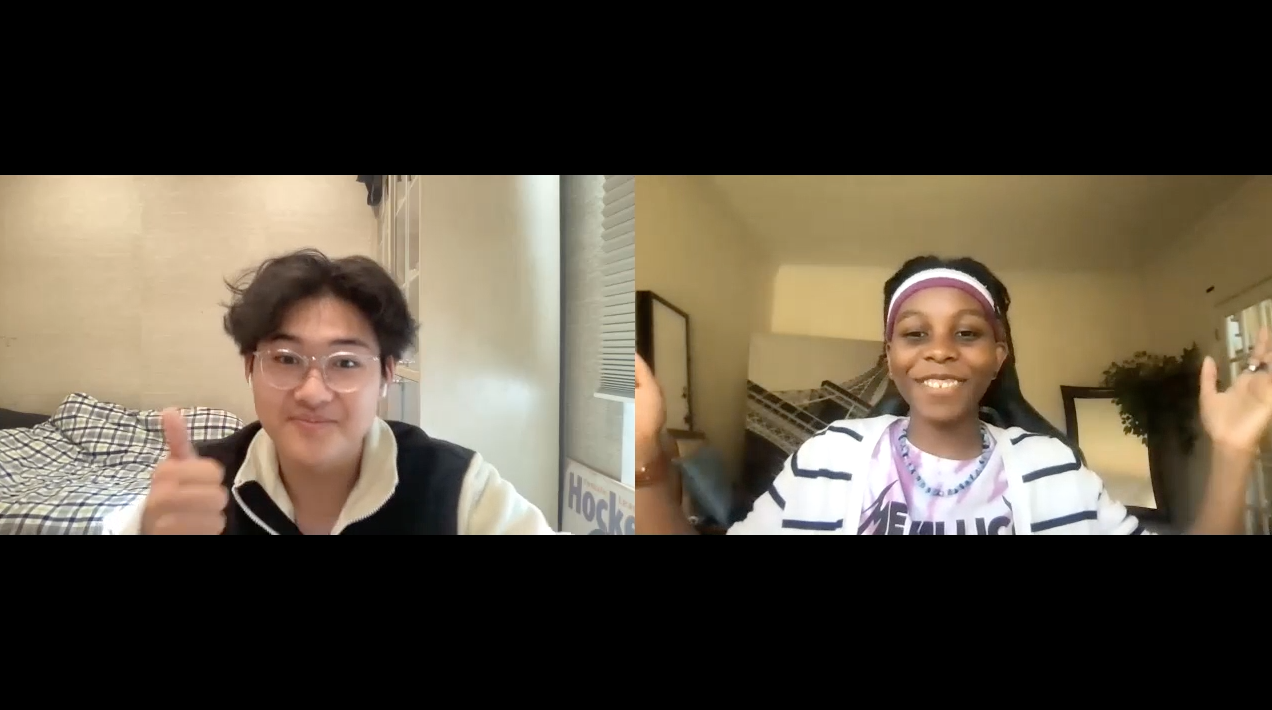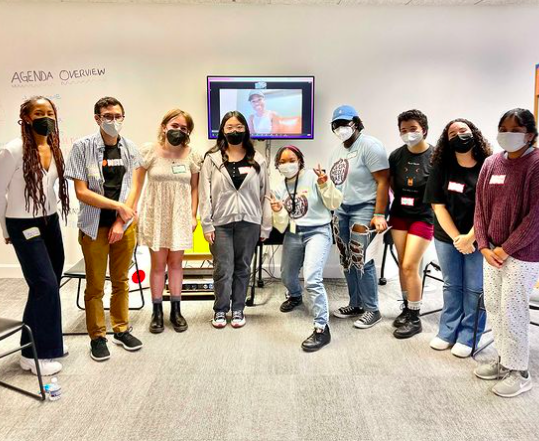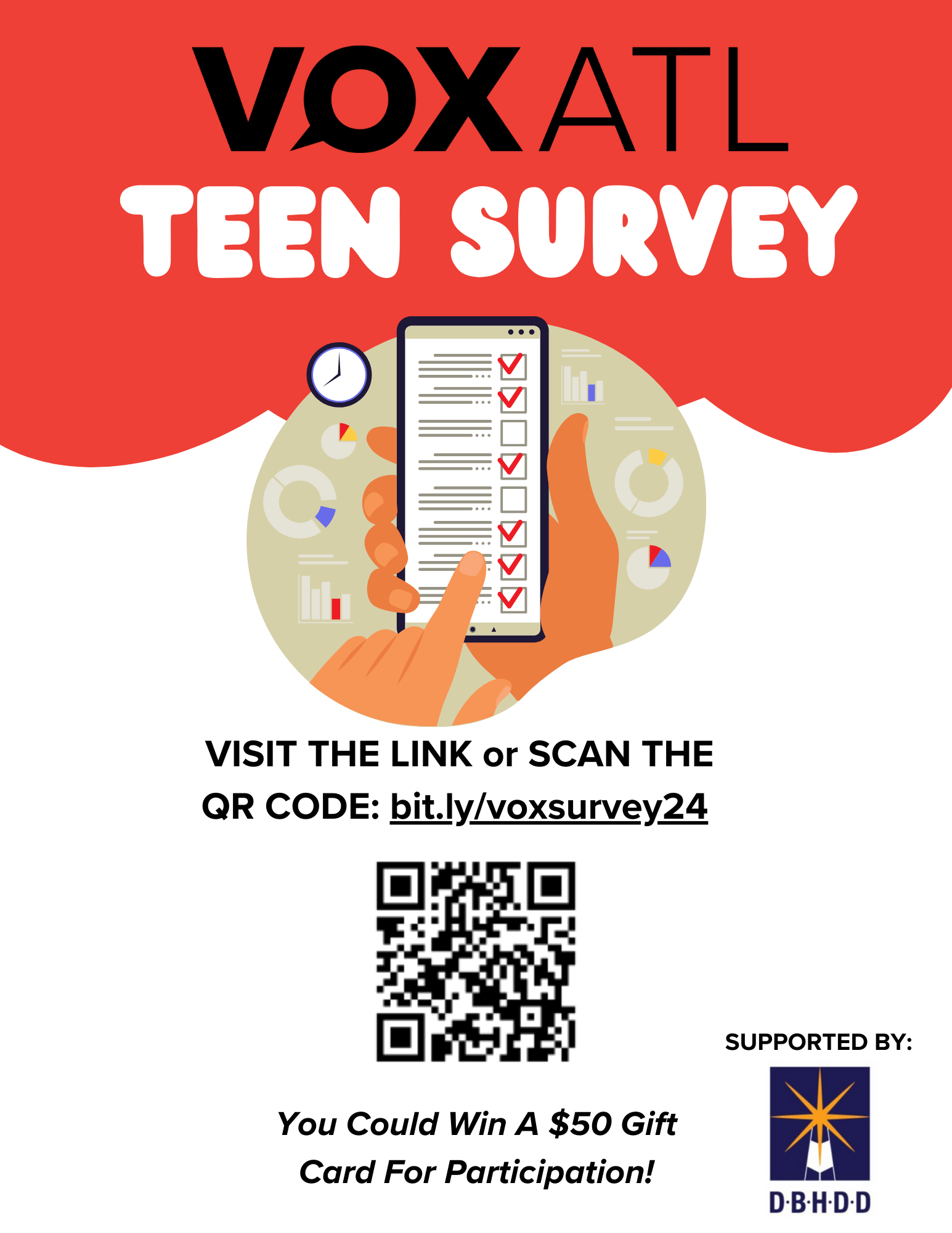Article by Tibria J. Brown and James Rhee/VOX ATL
Video by Tibria J. Brown/VOX ATL
In light of the recent anti-Asian hate crimes in Atlanta, Georgia, the conversation has continued about the Black and Asian communities’ relationship to one another. Media and political schemes are attempting to divide POC, and pit the Black and Asian communities against one another. However, now is the time to reflect on modern and historical solidarity between the Black and Asian communities and how we have always been there for each other. Though there is a history of mistrust and division between the Black and Asian communities, we must understand how these divisions were created and highlight the rich history of Black and Asian solidarity in the United States as well, in an attempt to mend these fissures created between our communities.
History of Solidarity between our communities
In starting to heal and restore unity within our communities, we first need to take a look at our past to understand the historical context of the intersectionalities of both communities.
Interconnected struggles are found all throughout American history, even dating back to 1869. Frederick Douglass, a household name throughout the realms of civil rights and Black history, advocated for Chinese immigration when America restricted migration from China. In his 1869 speech, “Composite Nation,” Douglass states, “The fact that the Chinese and other nations desire to come and do come, is a proof of their capacity for improvement and of their fitness to come.”
During the 1960s, we see the conflation of our communities through activists such as Richard Aoki, a Japanese American. Aoki supplied the Black Panther Party (BPP) with firearms and ammunition from his personal collection for their “police patrols” and once held a lead role within the BPP during their formative years. According to Aoki, BPP co-founder Huey Newton asked him to join “because the struggle for freedom, justice and equality transcends racial and ethnic barriers.”
Fast forward to 2020, we saw the Black Lives Matter movement ignited across America as millions marched and protested through the streets of America calling for police reformation and racial justice. And now, we see the Stop Asian Hate movement rallying to “Stop Asian Hate” across the country, hoping to get justice for the lives lost in the Atlanta shooting and dozens of Asian elders getting attacked in our communities.
Through times like these, we see our communities unite. As Asian people march side by side with the Black community during the BLM movement to Black people speaking out for the Asian community at these rallies, we remain stronger together than divided.
Throughout all these events, we start to realize the liberation of one group directly affects another. Although our problems are not the same, our fight to dismantle these systems of oppression and discrimination benefits us all. Connie Wun, co-founder and executive director of AAPI Women Lead told NBC Asian America, “Asian American and black communities may have some overlap, but these struggles are not analogous, and they’re not the same.”
To see change within our own communities, we need to uplift the voices and experiences of our own, but must be cautious to never do it at the expense of bringing down others.
Artificial Division Cultivated by White Supremacy
A commonality found among most acts of violence fueled by white supremacy is that many see the victims as the problem, rather than hold the perpetrator accountable. This distorted and flawed ideology of white supremacy continues to find a scapegoat in order to evade the real problem.
Understanding that a fundamental concept of white supremacy is creating a dichotomy among minority communities. This is exemplified in recent times where former President Trump tactically targeted only one group of marginalized communities at a time.
By debasing the communities separately, he villainizes and stigmatizes us against each other, creating these false narratives that depict a distorted prejudice. He uses abrasive rhetoric to paint these artificial identities for our communities.
- “These thugs are dishonoring the memory of George Floyd, and I won’t let that happen,” Trump tweeted, in recollection of the protests occurring in Minneapolis. This tweet generalizes the Black community as thugs and further drives racial wedges between minority communities.
- Another tweet by Trump, this time using diction such as “invasion” and “crime” to strip Latinx communities of their humanity – “Likewise, the U.S. is ill-prepared for this invasion, and will not stand for it. They are causing crime and big problems in Mexico. Go home!”
- And in the Asian community, we have faced the harsh repercussions of Trump’s divisive and bigoted rhetoric using phrases such as “Kung-flu” and “China Virus,” further perpetuating the stereotype of alienation and uncleanliness of the Asian community.
This divided and conquer method is not relatively new. Ronald Reagan coined the term “Model Minority” as a way to wedge a gap between Asians and other marginalized minority groups. This abhorrent generalization has not only created division among the POC communities, but also in the AAPI community as well – the AAPI having one of the highest class divisions among minority groups.
After the events of 2020 which exposed how police brutality has stolen countless Black lives and the 2021 anti-Asian hate crimes that have illuminated the brewing anti-Asian sentiment in the US, it is crucial that our communities come together to fight against our common oppressor: white supremacy.
Now is the time to reinforce the formally strong bond between the Black and Asian communities and heal from the decades of manufactured animosity between our communities. Progress and equity in America for our two communities are on the horizon with our generation. We have the power and responsibility to change the way our communities interact with each other as we forge the path to a more just America – an America representative of all of us.





I’ve seen alot of hate on asians but if u look at least half was by blacks there are countless videos of blacks attacking asians… so I’m lost on the fact that it’s all white supremacy ….. were the blacks I seen attacking the asians race traders who identified as white ?? Kinda lost ??